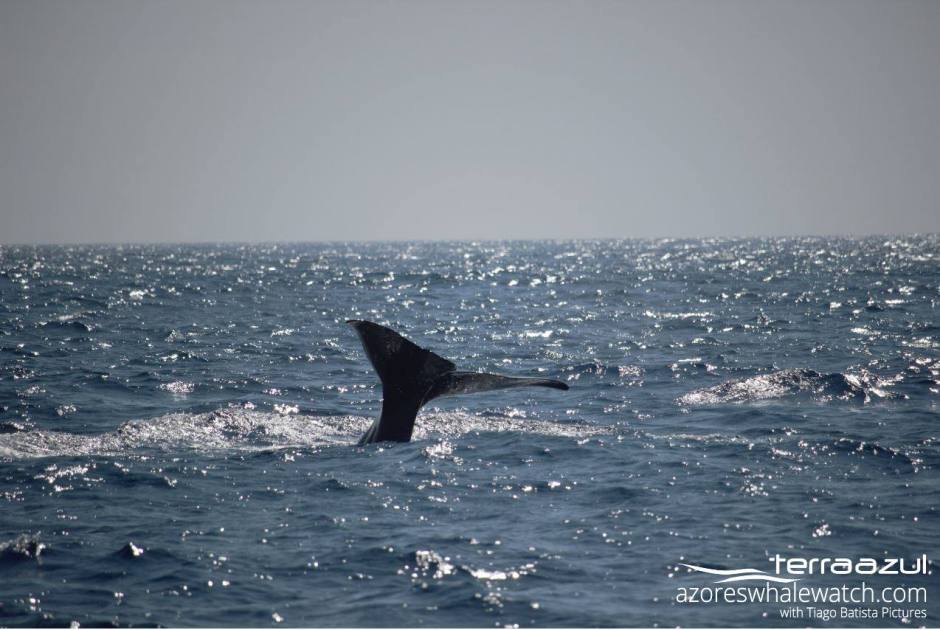
Sperm Whale (Physeter macrocephalus) fluke
Hello dear cetacean friends,
The morning started with clouds and drizzle. As bad weather can block the visibility of our lookouts, we had to wait a couple of minutes before we could leave the harbour.
Luckily the state of the atmosphere can change very fast here in the Azores.
And it did!
The sky opened, the sun appeared and brought us…
…dolphins and whales! 🙂
First we encountered a big group of Bottlenose Dolphins. They were playful, acrobatic and very social to our boat.
After cruising some miles further away we were lucky to see our first blow. We needed sharp eyes, because it was a tiny blow… a baby blow! 🙂
We spotted a Sperm Whale calf. After a few minutes the mother Sperm Whale also appeared and stayed very close. At birth Sperm Whales are about 4 to 5 meters and lactation is 19 to 42 months. Females, juveniles and calves live in groups. We saw more blows, so there were other Sperm Whales around too.
Even on our way back we had the chance to see another.
In the afternoon trip we had again the Bottlenose Dolphins and a group of Pilot Whales.

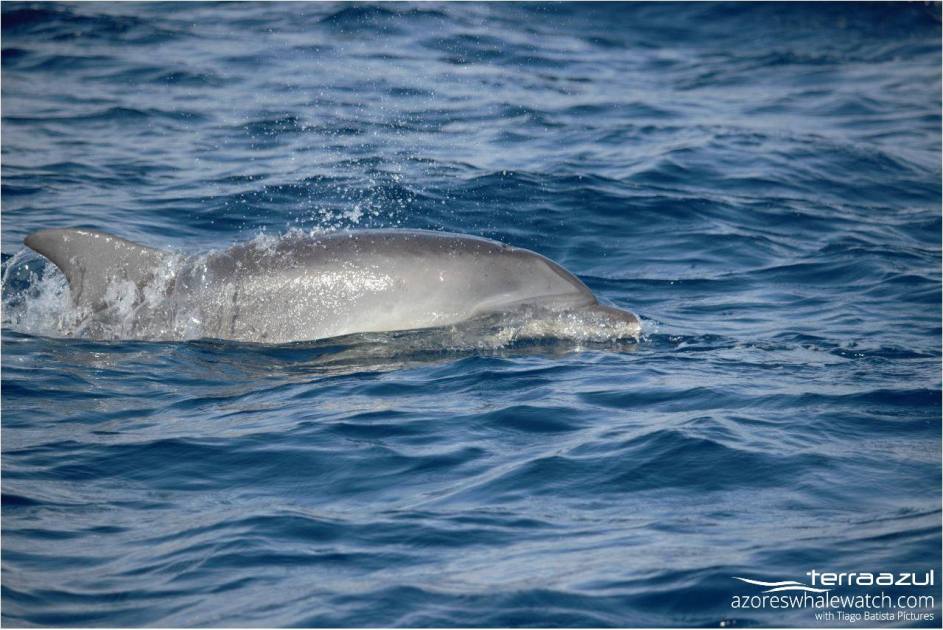
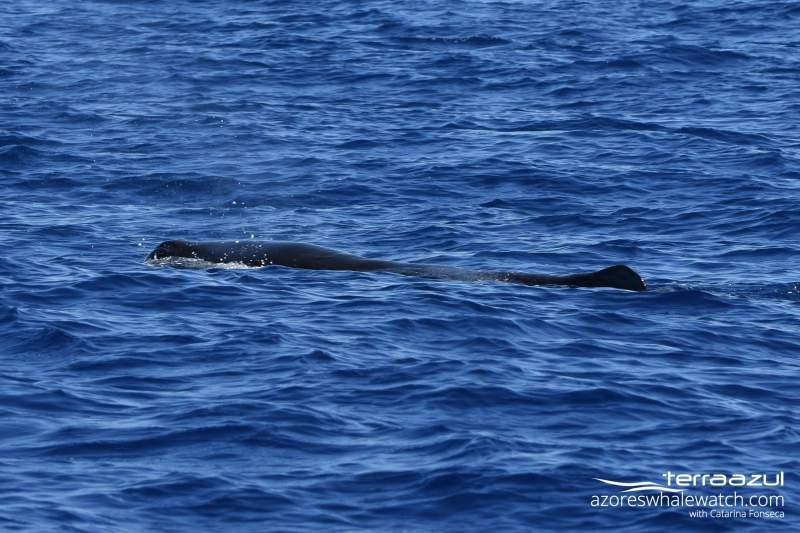











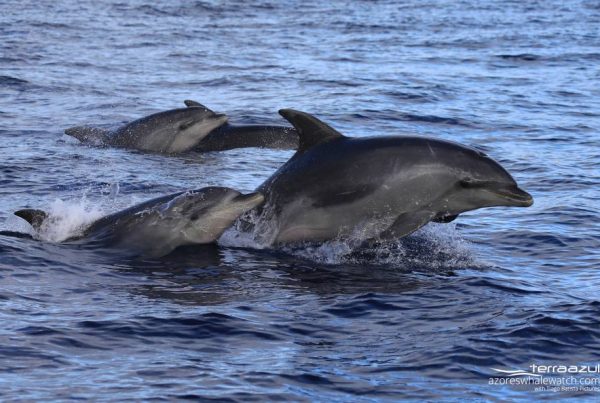
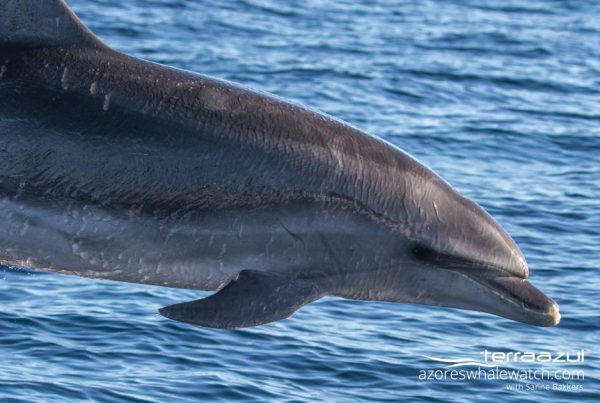
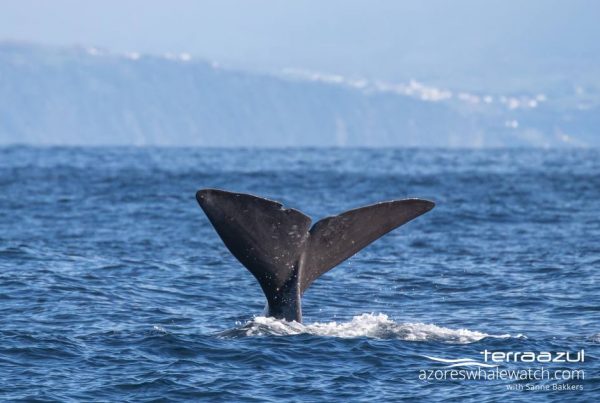



Your thoughts on this?